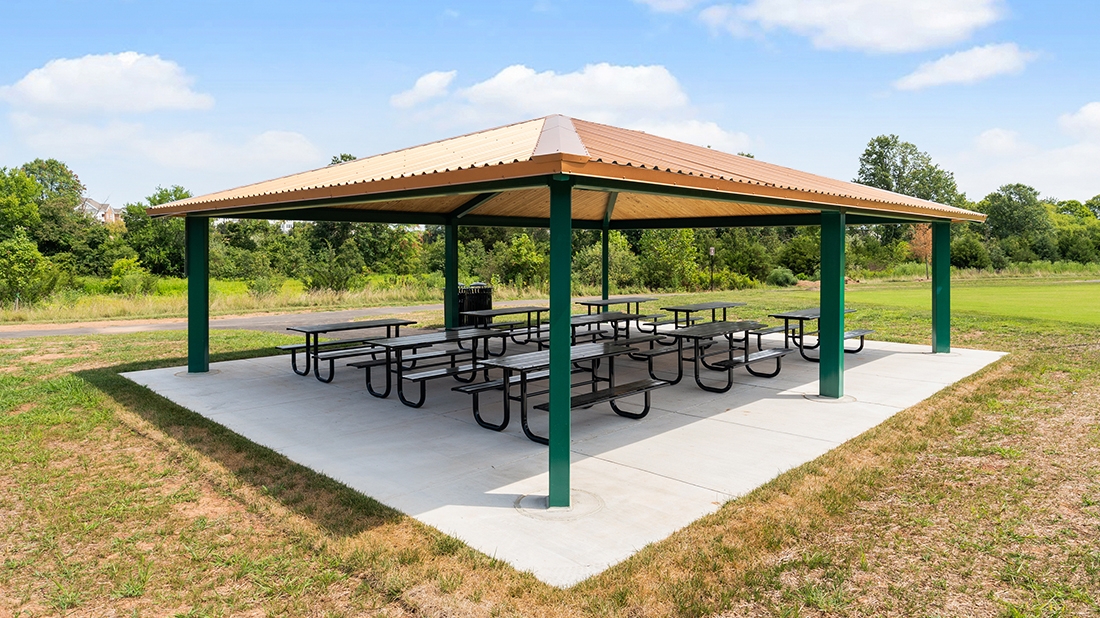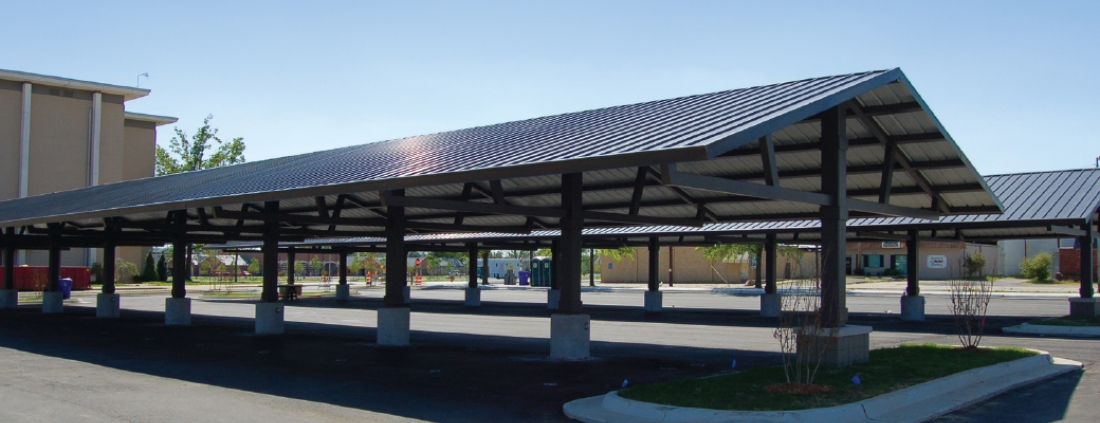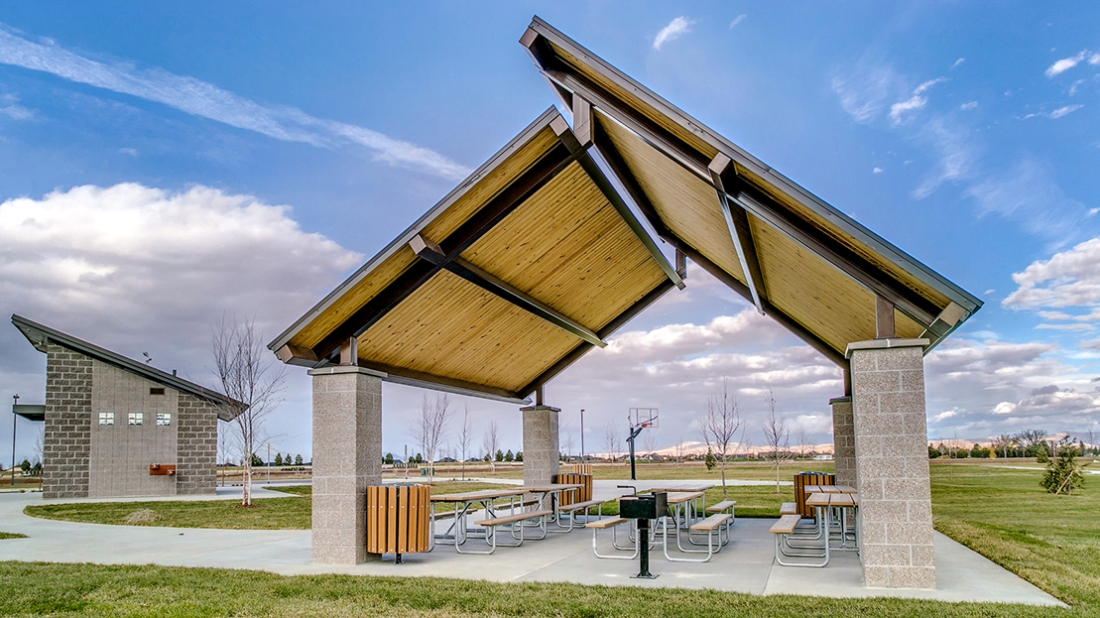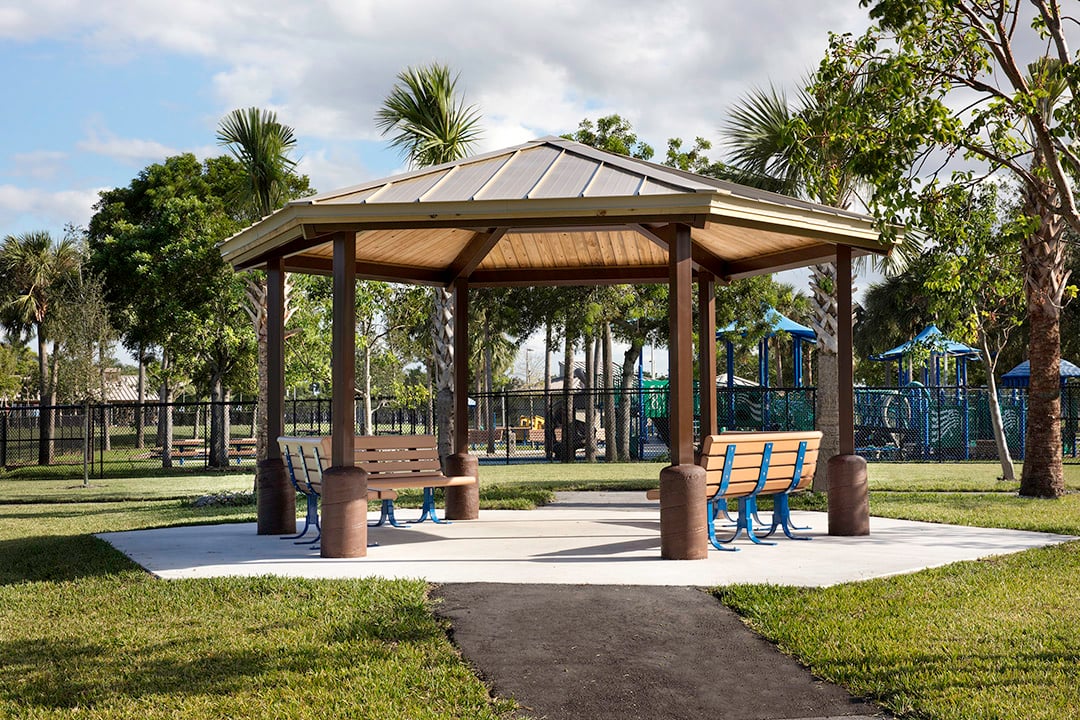Ever wonder how a Superior shelter is installed? Here’s an overview of how it’s done.
Engineering
Your sales representative will hire a local soil engineer from a geological company to create a soil report. This is required for Superior’s engineers to determine the exact footer size required for your particular area. If this report isn’t provided, SRP engineers must assume a fairly low compaction rate (usually 1500 PSF), which in many cases will make the footer larger than what your soil would require. While this report will cost around $1,500 (confirm local pricing), it could save you around $5,000 or more in concrete and labor costs. This report will be beneficial to you if:
- You're looking at purchasing a large structure sized at 35-feet or greater
- You're looking at purchasing a structure with six or more columns
- You believe your soil is hard and/or rocky
Additionally, your sales representative will check local building codes to determine if you need a permit to install your shelter as well as if stamped and sealed engineered drawings and calculations are needed. If sealed drawings with engineered footings and calculations have been ordered, the installation crew will construct the footings per the written calculations.
Shipped and Unpack
Once your shelter is powder coated and inspected, it’s carefully wrapped and packaged to safely deliver to your location. Once it arrives, check the packing slip to make sure all parts are accounted for and undamaged. Note that all hardware for assembly is included. However, if anchoring hardware other than standard bolts is to be used, it’s the responsibility of the installer to provide such hardware.
Be sure to remove the wrapping within seven days in order to avoid damaging the powder coat finish. Because of the size and weight of the shelter parts, it’s often impossible to avoid causing a few blemishes to the finished surfaces, either in shipment or on-site. We provide matching paint just in case any touch-ups are needed!
Assemble the Shelter
While shelter installation instructions can vary due to size and type, here are general guidelines for assembling a shelter. Prepare the site by using a utility-locating service to locate any underground lines and clear the site for loose debris. Use a small crane (or other safe means) to lift and position the steel parts of the structure. When lifting the structural parts, it’s important to properly brace and support them. In particular, when lifting a rafter beam or compression ring assembly, it’s important not to lift by the compression ring alone. Attach and lift at two points in addition to the compression ring. Each point is approximately 2/3 to ¾ out to the ends of the rafter beams. All parts must be properly braced until the entire structural shelter has been completed.
Parts and connections have been pre-fabricated (not pre-fit) as shown on the drawings. Access holes are cut into the top surfaces of the structural parts in order to allow access for making connections. The roofing system will conceal all holes, connections, and connection hardware.
Don’t leave the work site unattended without roping off any unfinished construction to keep others away from potential harm.



